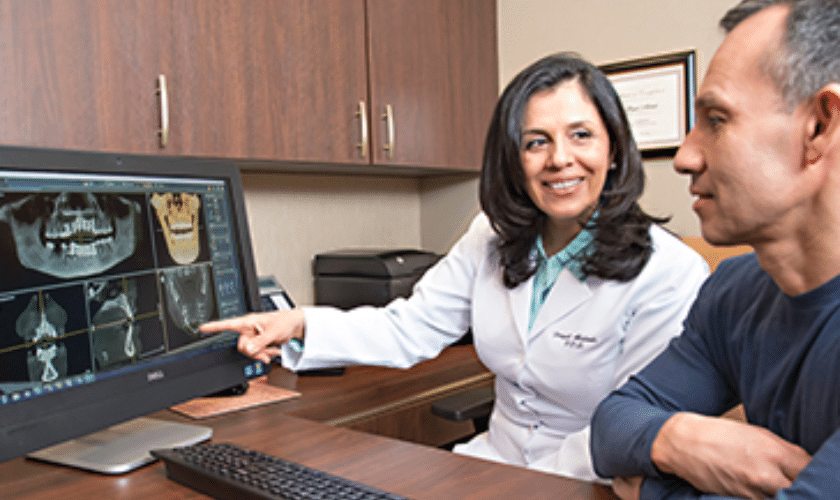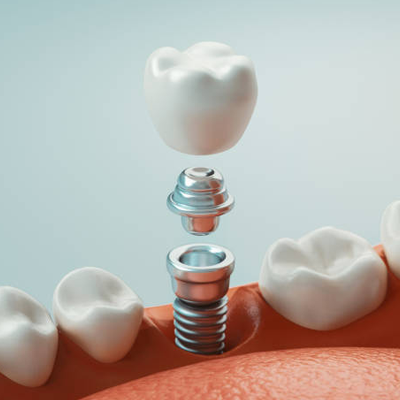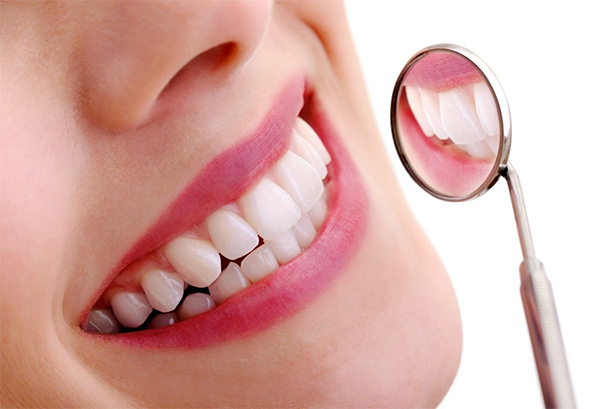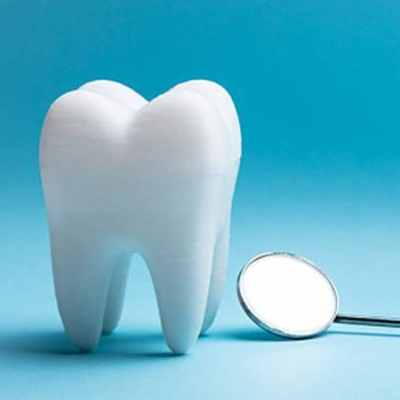
What Is The New Technology For Missing Teeth?
New Technology For Missing Teeth explores how advancements in dental technology provide enhanced solutions for addressing the physical and emotional discomfort caused by missing teeth. Whether due to accidents or gum disease, the absence of teeth can impact chewing, speech clarity, and self-confidence. Fortunately, ongoing innovations in dental care continually introduce improved methods for replacing missing teeth, offering patients effective remedies to restore their oral function and smile aesthetics.
This blog post delves into the exciting world of new technology for missing teeth. We’ll explore the latest advancements, their benefits and drawbacks, and how they might be the perfect fit for your needs.
Traditional Solutions: Bridges and Dentures
Before diving into the new era of dental implants, let’s revisit the traditional methods of replacing missing teeth: bridges and dentures.
Bridges:
These are fixed dental prosthetics anchored to the healthy teeth surrounding the gap. They offer a stable and aesthetically pleasing solution but require altering the surrounding teeth, which may not be ideal for everyone.
Dentures:
These are removable full or partial plates that replace missing teeth and surrounding gum tissue. While dentures have improved significantly in terms of comfort and fit, they can sometimes slip or cause discomfort, especially during eating.
The Rise of Dental Implants
New Technology For Missing Teeth has transformed how dental professionals approach tooth loss. By placing small, screw-like posts directly into the jawbone, these implants serve as artificial tooth roots. They enable dentists to securely affix crowns, bridges, or dentures, restoring a natural appearance, functionality, and comfort.
New Technology for Dental Implants
The field of dental implants is constantly evolving, offering patients exciting options:
3D Printing for Personalized Implants:
Traditionally, implants were made using generic molds. Now, with 3D printing technology, dentists can create custom implants based on a patient’s specific jawbone anatomy. This ensures a perfect fit, minimizing surgical procedures and promoting faster healing.
Faster Implant Placement and Reduced Recovery Time:
Gone are the days of lengthy implant procedures. New surgical techniques and biocompatible materials allow for faster implant placement with minimal bone drilling and discomfort. This translates to a shorter recovery period and a quicker return to your daily routine.
Immediate Load Implants:
New Technology For Missing Teeth includes immediate-load implants, which revolutionize the traditional healing period post-implant placement. Unlike before, where several months were required before attaching the replacement tooth, immediate-load implants enable the placement of a temporary crown or denture immediately after surgery. This advancement eliminates the period of being without teeth and allows for immediate aesthetic improvement. It’s important to understand that immediate-load implants are not suitable for all patients, and consulting with a dentist in McKinney will help determine if this option aligns with your specific case.
Smart Implants:
Researchers are exploring the development of “smart” implants equipped with tiny sensors. These sensors can monitor the health of the implant and surrounding bone, potentially detecting issues like infection or loosening before they become major problems. This allows for preventative measures and early intervention.
Bioengineered Bone Grafting:
In some cases, patients may not have sufficient jawbone density to support traditional implants. New techniques utilize bioengineered bone grafts to stimulate bone growth and create a suitable foundation for implant placement.
Beyond Implants: Regenerative Dentistry
The future of dentistry holds immense promise for regenerating lost teeth entirely. Here are some exciting developments in this field:
Stem Cell Therapy:
Researchers are exploring the potential of using stem cells to stimulate the growth of new tooth structures. Stem cells, which can develop into different cell types, could potentially be used to create new tooth roots and dentin, the hard tissue beneath the enamel.
Tissue Engineering:
This field aims to grow new tissues using a combination of cells and scaffolding materials. In the context of missing teeth, tissue engineering could pave the way for the creation of fully functional tooth replacements that integrate seamlessly with the jawbone.
Choosing the Right New Technology
With so many new options available, it’s natural to feel overwhelmed. The best course of action is to consult with a qualified dentist who can assess your individual needs and recommend the most suitable new technology for missing teeth.
Here are some factors your dentist will consider:
- The number and location of missing teeth
- The health and condition of your jawbone
- Your overall health and medical history
- Your preferences for aesthetics, function, and cost
New Technology for Missing Teeth: A Brighter Smile for the Future
Reduced Bone Loss:
Traditional methods like dentures can contribute to bone loss in the jaw due to a lack of stimulation from the tooth root. Dental implants, on the other hand, fuse with the jawbone, mimicking the natural function of a tooth root and helping to preserve bone health.
Improved Oral Health:
Properly placed and maintained implants and other new technology solutions can promote better oral health. They are easier to clean compared to traditional dentures, reducing the risk of plaque buildup and gum disease.
Increased Confidence:
Replacing missing teeth with natural-looking and functional solutions can significantly boost your confidence and self-esteem. You can smile, eat, and speak without worry, allowing you to participate fully in social interactions.
Considering the Cost
While new technology for missing teeth offers numerous advantages, it’s important to be aware of the cost factor. Dental implants and other advanced solutions can be more expensive upfront compared to traditional methods. However, consider the long-term benefits. Implants often last much longer than dentures or bridges, potentially saving you money on replacements and repairs down the road. Additionally, the improved functionality and oral health benefits can lead to fewer dental issues and associated costs in the future.
Missing teeth don’t have to hold you back from a healthy and confident smile. With the exciting advancements in new technology for missing teeth, there are more options than ever before to restore your smile and improve your quality of life.
If you’re considering replacing missing teeth, schedule a consultation with a qualified dentist who can discuss your needs and recommend the most suitable new technology for you. With the right approach, you can achieve a beautiful, functional, and long-lasting smile that will boost your confidence for years to come.







